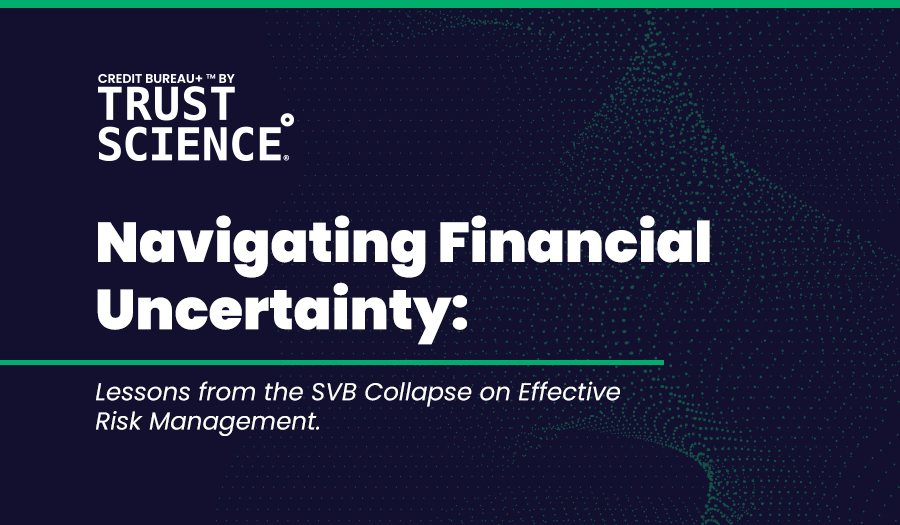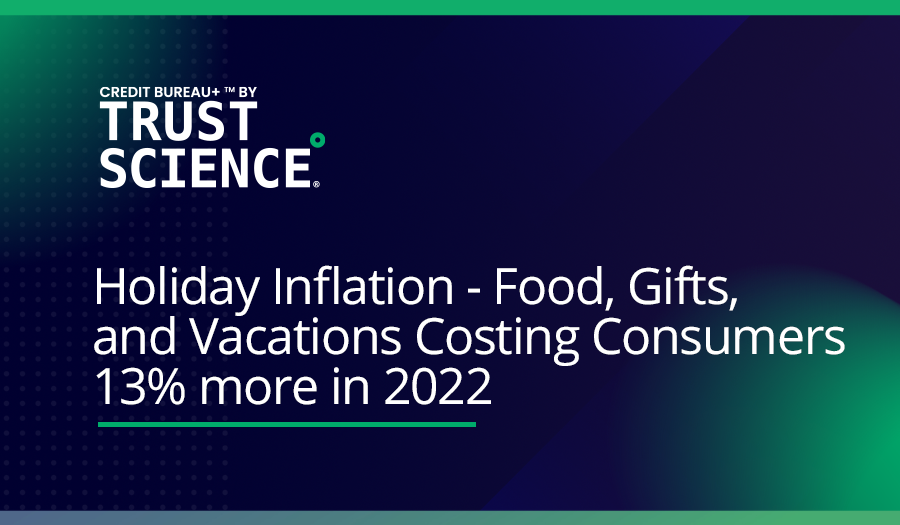Conventional Credit is Blind
Between government support and lender forbearance, COVID-19 left a gap in reliable data on conventional credit files, with historically low default rates and an ironic rise in credit scores. Despite this, COVID-19 also represented a significant economic shock, with many losing jobs and relying on government support to make ends meet. Lacking reliable credit payment data has made it difficult to discern good credit risks from bad credit risks using traditional methods, especially in the subprime and near-prime space. With credit payment information and scores only now beginning to normalize, the lagging nature of conventional bureau data, combined with credit scoring models based on pre-Covid economics, means that financial institutions are missing out on using critical information that is happening now and accounting for new or emerging post-Covid financial relationships.
Volatility Destroys Conventional Models
Throughout the past decade or so prior to COVID-19, model-builders enjoyed a period of relative macroeconomic stability, which enabled them to construct models based on this period with the assumption that the overall environment would remain relatively stable. Since COVID-19, however, the economy has faced rapid and substantial changes that disrupt this underlying assumption. Changes to the macroeconomic environment logically implies that credit scoring models and inputs established pre-COVID cannot be assumed to have the same predictability on probabilities of default. Furthermore, these macroeconomic changes will have different effects on different individuals, meaning that the same set of potential inputs may have differing impacts on creditworthiness depending on the actual values of those inputs. With conventional credit data being a lagging indicator, as conventional credit models are redeveloped, validated and put into production, the pace of unforeseen economic disruptions (i.e. partial economic recover, ongoing inflationary impacts or new Pandemic virus’) will continue to challenge predictability.
Economic Factors Hitting Lower-Income Consumers Hardest, Others to Follow
Though savings increased when looking at the entire population over the pandemic, closer examination reveals that those with higher incomes (and higher credit scores) had the bulk of this saving: low-income households (bottom 40% of the population) and subprime consumers continued to struggle. For the subprime lender, being in-tune with their segment of the population is extremely important; the savings that economists suggest will help tie people over in the current volatility do not exist for those that were already most likely to be hit hardest by rising inflation and interest rates. As these conditions continue to persist, increased costs faced by prime rated customers higher on the credit quality ladder will deplete current savings cushions and potential stress disposable income levels to a point where negative credit migration and rising delinquency will catch lenders off guard. Savings accumulated during the pandemic, if any, have created a cushion for some consumers, but lenders should be prepared for a recessionary crash once the cushion depletes.
Inflation is Restricting Cash Flows: Defaults Incoming
Speculation surrounding an incoming recession notwithstanding, inflation alone has resulted in more of each paycheck being put towards basic costs of living like food and transportation, and less free cash flow to do things like pay back loans. Consequently, even though defaults have yet to rise to pre-pandemic levels, they are rapidly trending upward and are likely to rise significantly as limited savings begin to deplete. Furthermore, now-ending work from home arrangements are resulting in the resumption of costs associated with a return to the office, such as childcare and transportation. This also means that collections efforts will become increasingly difficult, and new originations that rely solely on conventional credit data or scores are operating without accounting for ultra-current data or new post-COVID economic relationships excluded from current conventional models acclimated to pre-COVID economies. Combining this with already thin-file or otherwise inaccurately scored consumers reveals a large intersection of consumers that are at-risk and difficult to safely lend to.
Auto, Variable Rate Loans Showing First Signs of Weakness
According to data from the major bureaus, variable rate credit products are the first to falter, with auto loans showing an early uptick in delinquencies. Furthermore, asset-backed loans like automotive loans and HELOCs are additionally vulnerable to the economic impact on asset valuation. With over 30% of debt susceptible to variable rate increases, lenders now have another factor to consider when making creditworthiness decisions, especially when facing higher costs of capital.
No Historical Precedent with Data
While economists and press enjoy drawing parallels between the 1980s interest rate and inflation environment to today, for lenders, this holds little to no value. 40 years ago, the internet was just being born, data was few and far between, and the computing power we now enjoy on a smartwatch required rooms of mainframe computers. Consumer consumption expectations and the levels and composition of total consumer debt is materially different between the 1980s and today. Without the existence of this data, let alone having it in a format accessible and understandable by today’s methods and technology, formulating a risk adjudication model on the basis of a 40-year old precedent is impossible, and one could argue that even with that data, there’s sufficient differences that such a model would fail regardless.
Learning from the Present for the Future
In the absence of a viable historical precedent to build a model, lenders should be prepared to adapt and learn quickly from new information and data. Machine Learning (ML) models in production that continuously learn from new performance data and calibrate continuously are the best way to harness this volatility. ML platforms, such as the Credit Bureau+™ platform, gain incredible predictive power through learning from volatile conditions and enable lenders to remain ahead of the curve using the most relevant data to instantaneously generate applicable predictive insights. While having models which continually adjust is not without it’s operational challenges, having updated credit scores at your fingertips produces optimal results regardless of the macroeconomic environment and permits quick strategic adaptation to business cycle changes. Combining this capability with thousands of alternative data points that are ultra-current and tuned to the most up-to-date view of the borrower yields highly predictive insights that will allow lenders to both weather the storm and safely grow their businesses.






